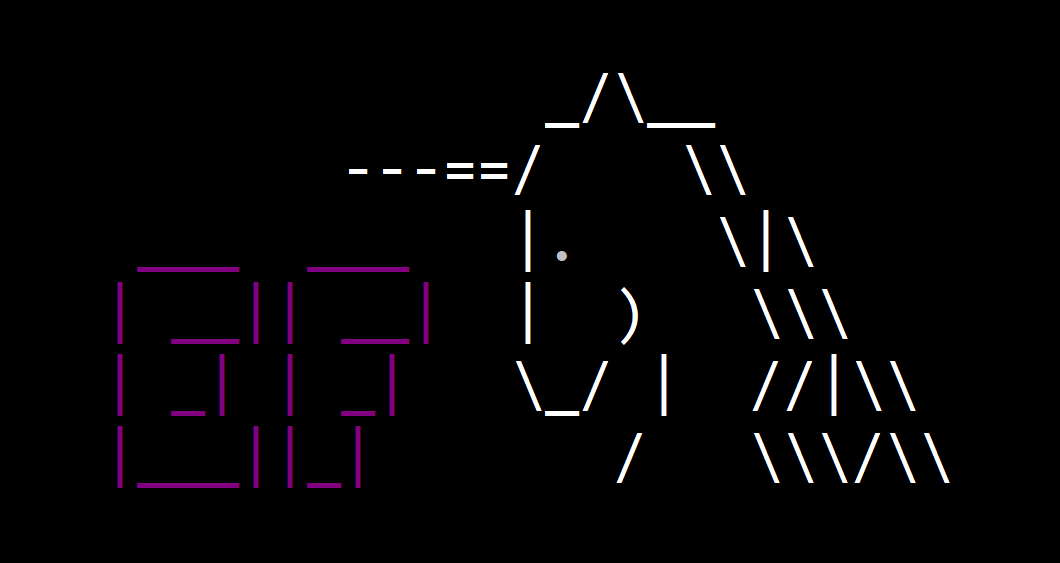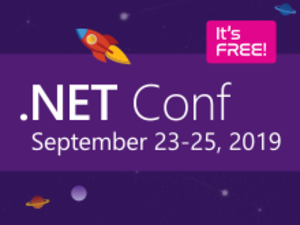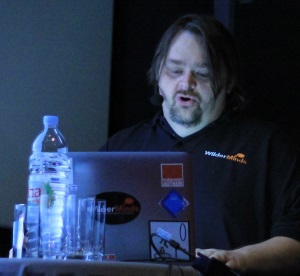Tag: 'dotnetcore'

[UPDATE] After reviewing some of the code and talking with commenters, I agree that using HostServices for console apps is a bad idea. I've refactored this to use the host but not the HostService. I believe that the entire host is still useful for configuration, logging, and DI. See below for the latest changes:

If you're using .NET Core 3 and Entity Framework Core 3 together, you're probably using the EF Tools too. I've been running into an odd issue with it and wanted to share what is going on.

I had the opportunity to talk on the .NET Conf last week. Was fun to talk about .NET API Versioning. I love how much easier it is, these days, to be able to implement routing than it used to.

ASP.NET Core 3 seems to be taking a similar tact to version 1 as it is adding a lot of functionality and phasing it in with different previews. While a lot of the articles seem to be focusing on the non-ASP.NET features (e.g. WPF, WinForms, etc.), I thought it would be nice to let those of you who are ASP.NET devs know what is in Preview 6 just for you.

I've had a great time this week attending two events and talking about things I love: .NET and Vue.

As many of my readers already know, I've become enamoured with Vue.js. Because of this, I've been using it more and more on projects.

If you didn't notice, Entity Framework Core 2.1 has a new way to support seeding your databases with a method called HasData. Julie Lerman has a great new Data Points column in MSDN that explains how a lot of it works.